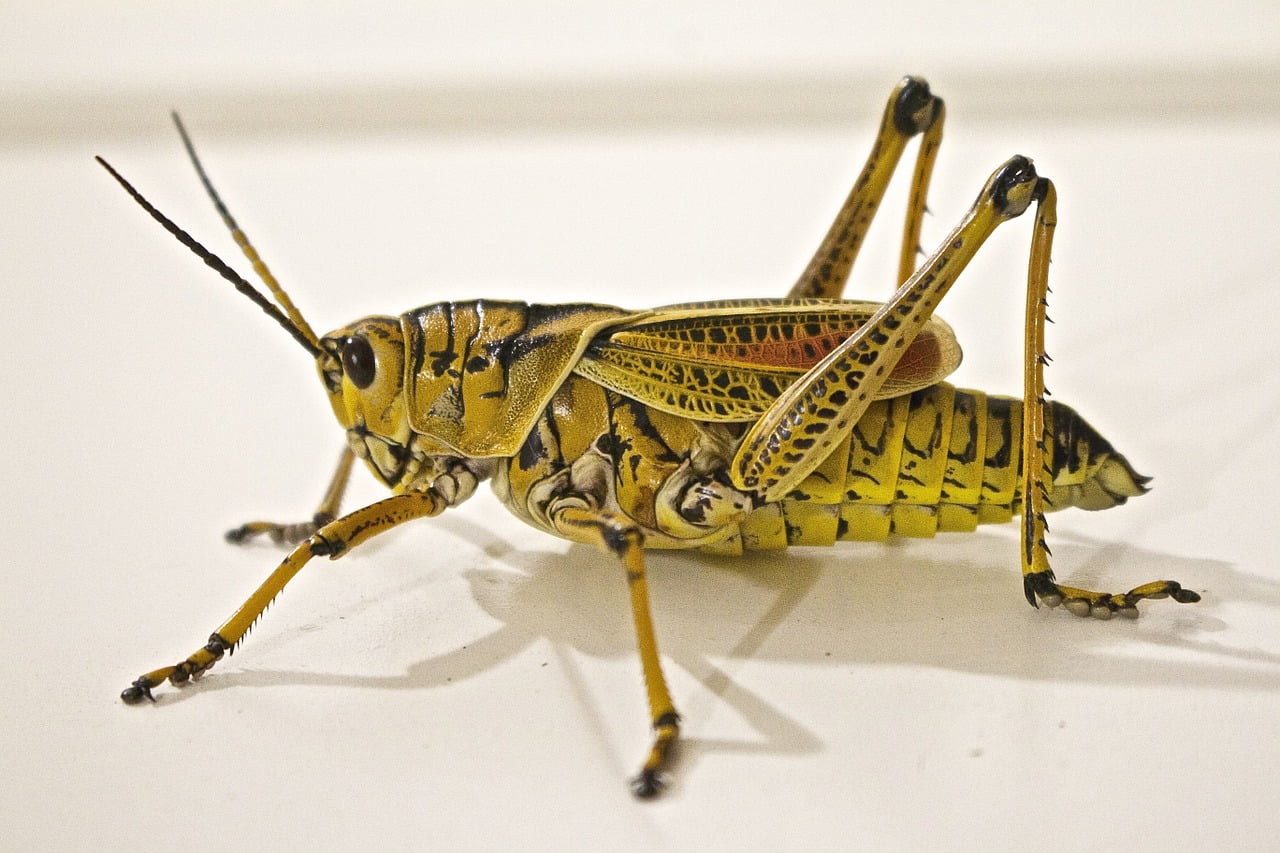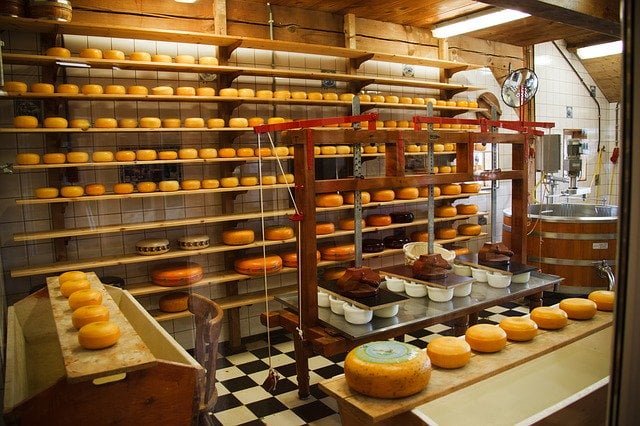Known as the most dangerous migratory insects in the world, locusts have been feared throughout history. Related to grasshoppers, these insects form enormous swarms that spread across regions, devouring crops and leaving serious agricultural damage. Plagues of locusts have devastated societies since the Pharaohs led ancient Egypt, and they still wreak havoc today.
Locusts are acridids, i.e. short-horned insects belonging to a Family called Acrididae in the Orthoptera Order, which also includes crickets and long-horned grasshoppers. Insects belonging to the Orthoptera Order can be readily identified by their large hind legs which enable them to jump.
During dry spells, solitary locusts are forced together in patchy areas of land with remaining vegetation. This sudden crowding releases serotonin in their central nervous systems that make locusts more sociable and promote rapid movements and more varied appetite.
When rains return and lush green vegetation starts to grow, locusts begin to reproduce rapidly and become even more crowded together. In these circumstances, they shift completely from their solitary lifestyle to a group lifestyle in what ’s called the gregarious phase. Locusts can even change color and body shape when they move into this phase. Their endurance increases and even their brains get larger. The swarms of several species of locust migrate over great distances. When locusts are in small numbers they live their individual lives like ordinary grasshoppers.
Are Locusts Dangerous?
Locust swarms are infamous for voraciously feeding on agricultural crops, trees, and other plants. They do damage by eating the leaves, flowers, fruits, seeds, bark and growing-points, and also by breaking down trees because of their weight when they settle in masses, and sometimes even by spoiling plants with their excrete.
The size of locust swarms can vary up to one square kilometer and contain up to 80 million locusts, which can eat the food of up to 35,000 people in a single day according to the Food and Agriculture Organization (FAO) of the United Nations.
They do not, as far as we know, carry any disease but some laboratory workers have developed an allergy to them.
Locusts are still a great enemy of the farmer and in some countries they are the determining factor between sufficient food for people and starvation.




